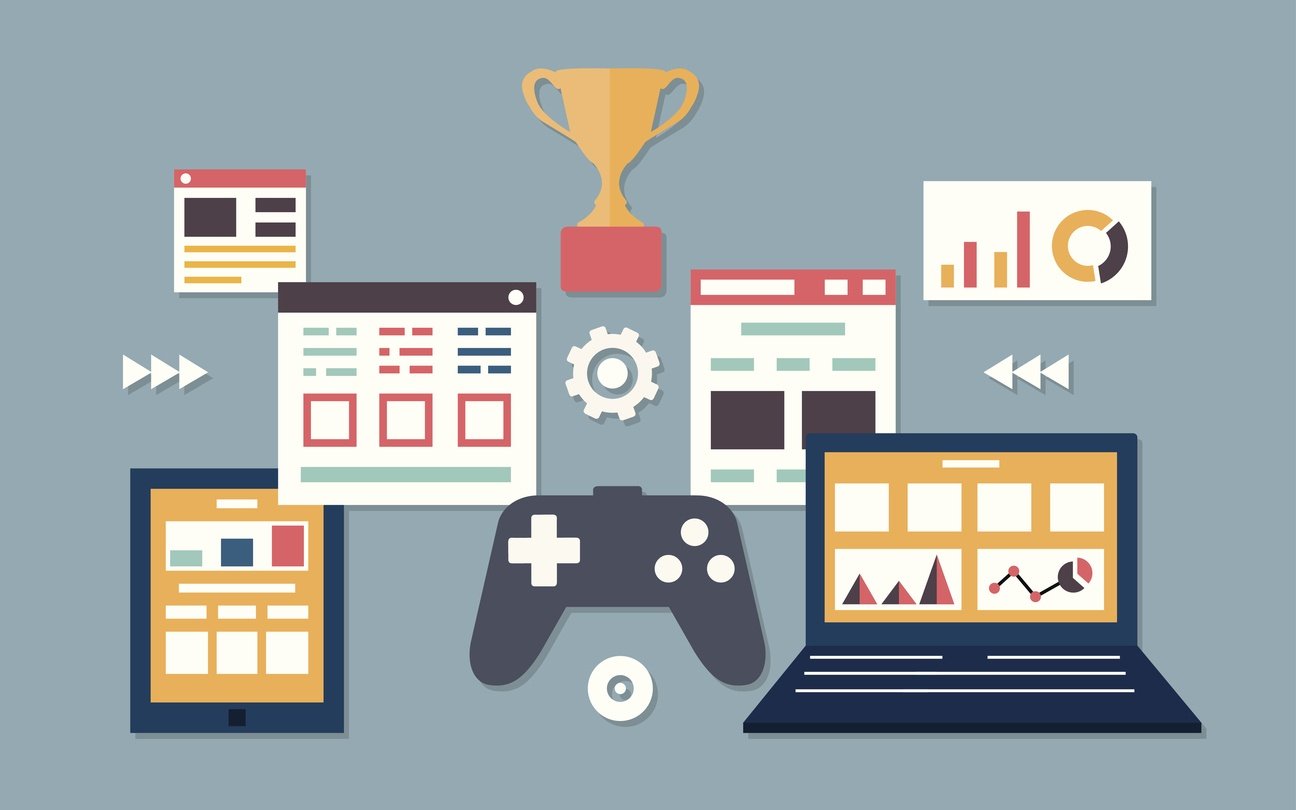From our earliest years we are taught that there is a difference between work time and play time. When playing, you are free to enjoy yourself, innovate, and be creative with your use of time. Work, on the other hand, is the time to do what you must. This is a good and respectable infrastructure that helps us buckle down when it’s important, but it also inherently flawed. You’re not expected to enjoy your work and this has become so entrenched that in some environments that enjoying your work is treated with suspicion and hostility.
But what about following your dreams and choosing a career in which you love your work?
Employers across the world have begun to recognize that keeping the line between work and play too rigid creates sullen, unmotivated employees. The ideal employee hums a little while they work, tackles problems with enthusiasm, and is constantly improving their own performance. Rather than crushing that spirit with a dour insistence that work be ‘not play’, companies are turning a complete 180 and incorporating game features into their business software instead.
This is called gamification, and it’s taking the business world by storm.

Turning Work Into Fun
Video games are a lot like work. You accept tasks to complete, then try to finish them in record time, all with the best possible results. People love to play with virtual representations of tasks that were once considered hard labor like farming, hunting, and solving endless logic puzzles. They even balance realistic simulated finances, manage inventories, and write basic scripts in known programming languages, all for fun!
So what exactly is the difference between modern work and video games? It’s all in the attitude. The same people who enjoy these tasks in games will also enjoy them at work, you just have to make work a little more like the game world. Let them have fun.
Motivation Through Metrics
To add gamification to your job tasks, you need more than a jovial company culture—you need points! One of the major motivating factors of games, the thing that causes players to restart even when they fail and strive over and over to achieve a new high score, is points. These are essentially a simplified and easily recognizable representation of performance metrics. Points and scores are instantly or very quickly available, giving players a chance to compare their recent efforts to those of the past and resolve to do better today, not in a few months, after the quarterly performance review.
By incorporating a point-based gamification system into the UI of your work software, employees will need fewer pep talks and constructive criticism from managers in order to work harder and do better every day. They’ll be naturally motivated by their own self-pride to constantly improve, as long as they can see quantitative evidence of their daily performance.
Rewards for Achievement
In a traditional work environment, rewards for high achievement are considered to be at the whims of the managers. Raises, promotions, and even gaining recognized honors like ‘Employee of the Month’ are decided by humans and can be delayed or denied for circumstantial or even emotional reasons.
But what about when there’s numerical proof of achievement? When playing games, you don’t play just for the high-score alone, you’re also aiming for a prize. Saving the princess, earning a better weapon, or even just a new badge for your profile page are all classic examples of gamified motivation.
While you may not have any princesses to save, there are dozens of ways a company can reward high-achieving employees including monetary rewards, company shares, recognition in front of their team, or simply letting them choose the menu for your next regular catered lunch. As long as the reward somewhat matches the achievement, they will strive to earn it again and again.
Designing the Games
Once you’ve resolved to add motivating gamification and a reliable rewards system to your internal company structure, the question becomes: what kind of game are you going to build? This should be shaped by your budget, existing infrastructure, the nature of the work you are gamifying, and the personalities of the employees you aim to motivate with the new features.
Let’s take the Verblio writers’ game as an excellent example. It is simple, elegant, and provides writers with something both they and the company want: the opportunity for dedicated writers create more posts for customers. Each article grants points based on their word count tier along with bonuses for articles that fill empty queues. This rewards the writers both for contributing to the service and for ensuring that every customer has the posts they need. Their reward for these points? Recognition, access to higher word count tiers, and eventually shares in the company. In other words, everything that motivates employees to both diligence and loyalty.
For your own business gamification, you will want something that reflects your company culture and emphasizes activities that will benefit your employees, clients, and the company as a whole. This means that for more complex companies with several departments’ worth of staff, you may well have multiple achievement games or a single game with many different ways to earn points and rewards.
Still not sure where to start? Let’s walk through the steps of setting up your gamified work environment.
Discerning the Metrics
The first thing you want to decide when integrating gamification is what metrics will measure success in the ‘game’. Naturally, for each employee this will embody what they should already be doing. If you assign different points to different tasks, expect employees to prioritize the higher point-providing tasks over the lower ones. The weight of the points will be assumed to be the amount you value each task. Of course, if it’s important that they complete a varied list of tasks every day, you might instead offer a static reward for crossing off an item or even two sets of points: one based on completion and the other based on the difficulty or priority of the task.
There are dozens, if not hundreds of ways to do this depending on your business, employees, and existing company culture. A chat support floor, for instance, might assign points based on number of customers served, length of time in contact with them, and the rating they received after each issue is closed. This drives them to simultaneously work faster and improve their customer service. An accountant, on the other hand, could be rewarded for each invoice and transaction they process in the form of a logic puzzle game, with bonus points for more complex forms and faster times. For an example in field services, a trucking company might provide reward points based on delivery times, driving record, and the quality of the goods upon arrival, with bonus points for lower wear-and-tear on their rigs.
Once you know what you’re rewarding, develop a qualifying point system that will serve to passively challenge your employees to beat their own records. Remember that how these points are assigned will shape their work behaviors.
Rewards Worth Earning
Now that you know what you want to reward and the points you will assign to those tasks, what you will you reward your high-achievers with? It should be something your employees can enjoy and based at least loosely on your company and the goals you set. Honors within the company, freedom to choose something, and greater opportunity for promotion are all great examples. The help desk representative or accountant might, for instance, strive for a structure that starts with their name on a shared ‘leaderboard’, then a monetary bonus for maintaining high points, potentially followed by a lead position and a raise. The delivery driver, on the other hand, might be more rewarded by cab accessories like seat covers and portable appliances to make their job more pleasant or the ability to choose their favorite routes.
Adding the User Interface
With everything else decided, it’s time to decide how your gamification features will appear to your employees. The best forms will integrate smoothly with their daily tasks, gathering and displaying points as they earn them and providing rewards information in a motivating manner. A leaderboard posted in shared office space might be enough or you could completely redesign their work UI to serve up tasks in the form of game missions. It all depends on how much programmer time you want to dedicate to the task and what your individual teams will find motivating.
When your gamified work infrastructure is ready for its first test-flight, your final task is to ensure a light-hearted work environment in which your staff are not only allowed but encouraged to enjoy their work. Blur the lines between play and fun, and seriousness, so that your employees can simultaneously have a great time and give the job their all. When the work is enjoyable, the game is motivating, and your company culture is one of pride and joy, your employees will reward you with dedication and constantly increasing productivity.






